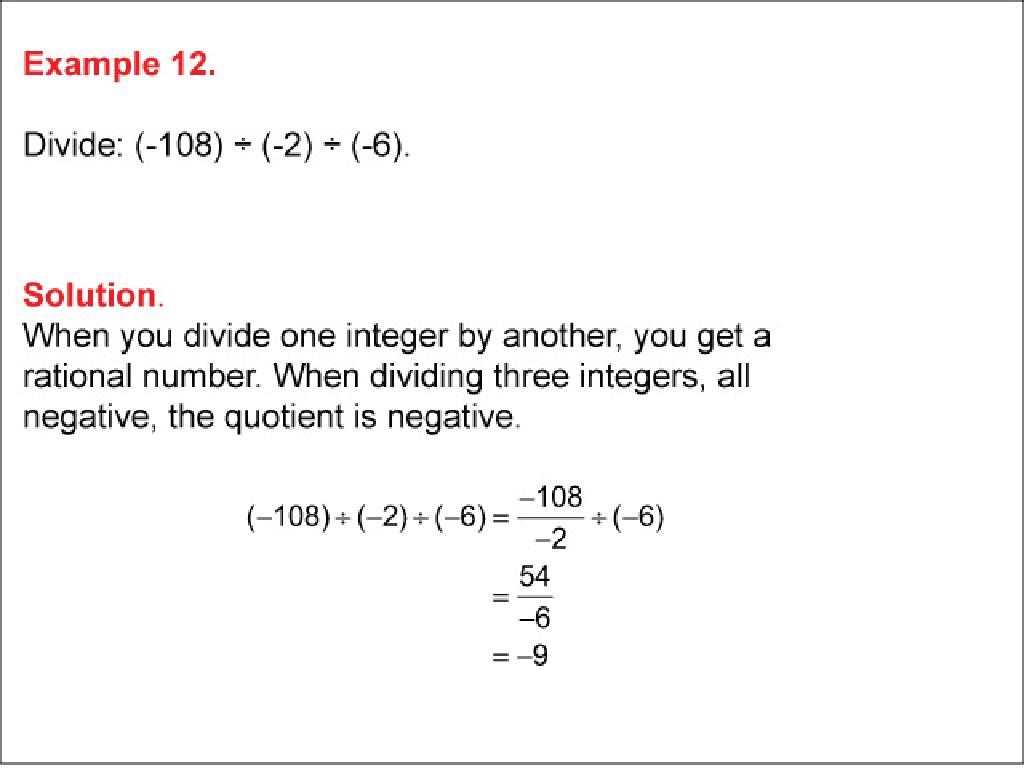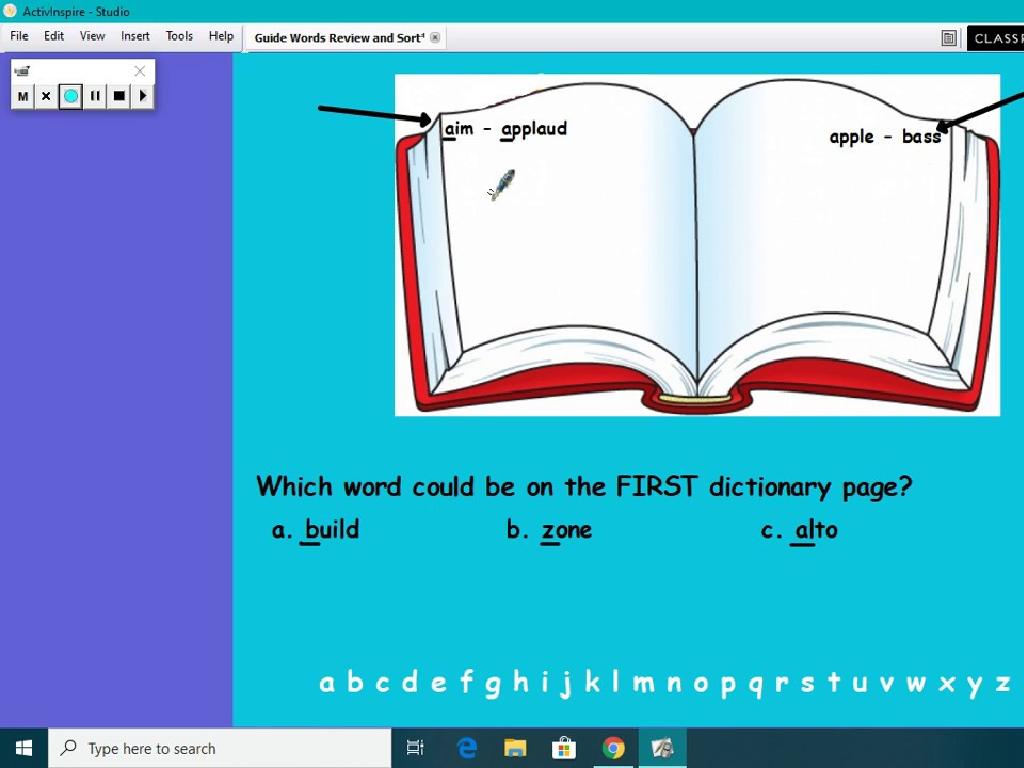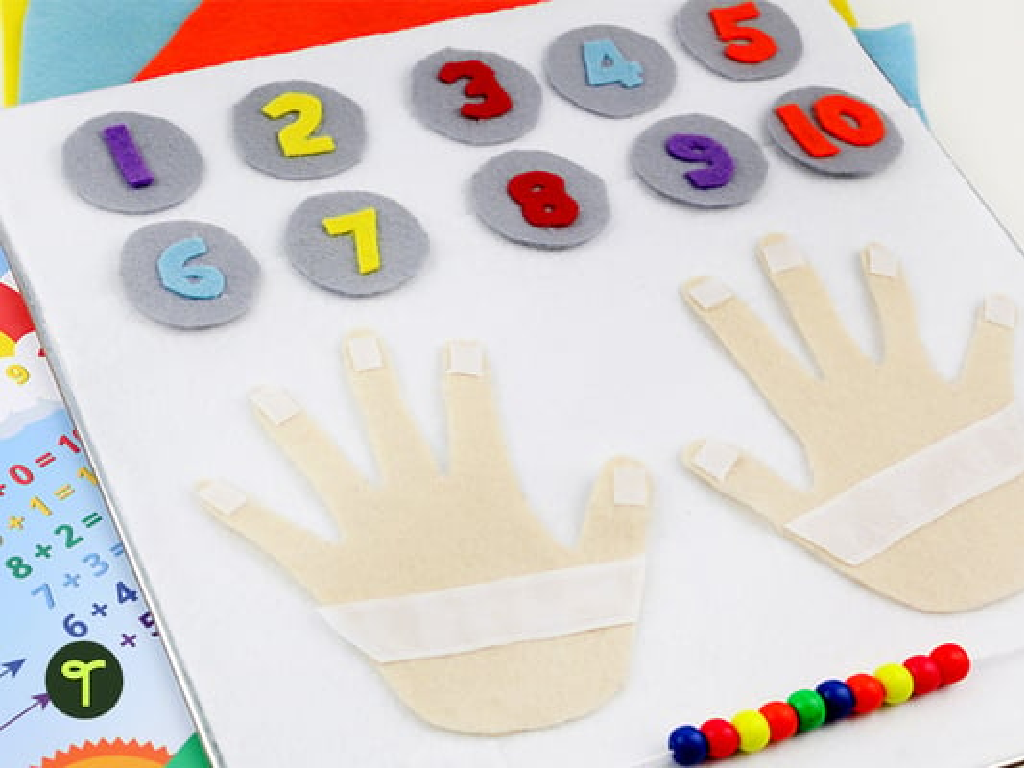Add Near Doubles
Subject: Math
Grade: First grade
Topic: Addition Strategies Up To 20
Please LOG IN to download the presentation. Access is available to registered users only.
View More Content
Adding Near Doubles
– Learn about near doubles
– Numbers close to each other
– Like 4+5, since 4 and 5 are close
– Fun examples to understand
– Example: If you have 4 apples and get 5 more, how many do you have?
– Games to practice adding
– We’ll play a matching game with sums
|
This slide introduces the concept of near doubles, an addition strategy that helps students add numbers that are close in value. Start by explaining what near doubles are and how they can be used to make addition easier. Use tangible examples, such as adding small groups of items that students can relate to, like apples or toys. Incorporate interactive activities like a matching game where students pair numbers with their near double sums. The goal is to make the learning process engaging and to reinforce the concept through repetition and practice. Encourage students to think of their own near doubles and share with the class.
Learning About Doubles
– What are doubles in math?
– Two same numbers added together, like 4 + 4.
– Let’s practice doubles!
– We’ll add numbers like 3 + 3 and 5 + 5 together.
– Can you find a double?
– Think of a number and double it. Share with the class!
|
This slide introduces the concept of doubles to first-grade students, which is a foundational skill in learning addition strategies. Start by explaining that doubles are simply two of the same number added together, and provide clear examples like 2 + 2 or 4 + 4. Engage the class by practicing some doubles together, using simple numbers that add up to 20 or less. Encourage participation by asking students to come up with their own examples of doubles. This interactive approach helps students to understand and remember the concept of doubles, which will be useful in learning near doubles as part of addition strategies.
Understanding Near Doubles
– What are near doubles?
– Numbers close in value, one more or less
– Example: 2 + 3
– 2 + 2 is a double, so 2 + 3 is almost a double
– ‘Near’ doubles meaning
– They are almost double but not quite
– Practice with near doubles
– Find pairs like 4 + 5 or 6 + 7
|
This slide introduces the concept of near doubles to first-grade students, an addition strategy that helps them add numbers up to 20 more efficiently. Begin by explaining that near doubles are pairs of numbers where one number is just one more or one less than the other, making them ‘near’ or close to being doubles. Use simple examples like 2 + 3 to illustrate this point. Ask the students why they think these pairs are called ‘near’ doubles to encourage critical thinking. For practice, have students identify and add other near double pairs. This strategy leverages their understanding of exact doubles to make adding similar numbers quicker and easier.
Adding Near Doubles
– Use doubles to add near doubles
– Example: If 4 + 4 = 8, find 4 + 5
– Add 1 more to the double fact 4 + 4 to get 4 + 5
– Practice with more examples
– Let’s solve similar problems together in class!
– Understand patterns in near doubles
– Recognizing how near doubles relate to exact doubles
|
This slide introduces the concept of using known double facts to solve near double addition problems. Start by reminding students of the double facts they already know. Then, show them how to use this knowledge to solve near double problems by adding one more to the sum of the doubles. For example, if they know that 4 + 4 equals 8, then 4 + 5 will be one more, which is 9. Encourage the students to look for and understand the pattern that adding one to one of the doubles changes the sum. Practice this concept with several examples, and have the students come up with their own near doubles to add. This will help them build a strong foundation in addition strategies.
Adding Near Doubles with Objects
– Use objects to learn addition
– Blocks or fingers can represent numbers
– Count objects for near doubles
– Like 4 blocks + 5 blocks, what’s the total?
– Let’s add with apples
– If you have 3 apples and get 1 more, count them
– Practice adding together
|
This slide is designed to introduce first graders to the concept of adding near doubles using tangible objects like blocks or fingers. It’s a hands-on approach to help them visualize the addition process. Start by explaining that objects can represent numbers, making it easier to understand addition. Demonstrate with actual objects, such as blocks, to show how to count and find the sum. Engage the class with an example using apples, asking them to visualize having 3 apples and getting one more, then counting all the apples together. Encourage the students to practice this method with different objects and numbers, ensuring they grasp the concept of near doubles. Provide guidance and support as they work through the examples.
Practice Time: Adding Near Doubles
– Try adding near doubles
– Solve problems with a partner
– Work together and help each other
– Use doubles to find answers
– If 6+6=12, what’s 6+7?
– Have fun practicing math!
|
This slide is designed to engage students in a collaborative activity where they apply their understanding of doubles to solve near doubles addition problems. Encourage them to use the doubles they know well as a stepping stone to find the sum of near doubles. For example, if they know that 6+6=12, they can easily find that 6+7 is just one more, so 6+7=13. Provide pairs with a set of problems like 3+4, 5+6, 7+8, and ask them to solve them together. Circulate the room to offer guidance and ensure that each pair is discussing and using the strategy correctly. After the activity, bring the class together to discuss the different strategies they used and to reinforce the concept of near doubles.
Let’s Review: Adding Near Doubles
– Understanding doubles
– Doubles are pairs of the same number added together, like 4 + 4.
– Using doubles to solve near doubles
– If we know 4 + 4, we can easily solve 4 + 5 by just adding one more.
– Sharing our problem-solving strategies
– Let’s hear how you used doubles to solve a similar problem!
|
This slide is aimed at reviewing the concept of doubles and how it can be applied to solve near doubles problems. Start by asking the class what doubles are to refresh their memory. Then, explain how knowing doubles (like 4 + 4) can make it easier to solve near doubles (like 4 + 5) by simply adding one more to the double. Encourage students to participate by sharing their own methods for solving a practice problem involving near doubles. This will help them articulate their thought process and reinforce their understanding of the concept. Provide guidance and positive feedback to ensure all students feel comfortable with the material.
Class Activity: Near Doubles Bingo
– Let’s play Near Doubles Bingo!
– Listen for your near doubles
– If you have 4+5 or 3+4 on your card, listen for these!
– Cover matching doubles with a marker
– Five in a row wins the game!
|
This interactive Bingo game is designed to help first graders practice and reinforce their understanding of near doubles in addition. Prepare Bingo cards in advance with different near double combinations up to 20. Explain to the students how near doubles are numbers that are close to each other in value when added, such as 4+5 or 3+4. During the game, call out different near double equations and prompt students to cover the corresponding answer if it’s on their card. The first student to cover five consecutive answers in any direction (horizontal, vertical, or diagonal) calls out ‘Bingo!’ and wins. Possible variations of the game could include using beans, buttons, or other small items as markers, and offering small rewards for winners to keep the game exciting and engaging.
Congratulations on Learning Near Doubles!
– Proud of your near doubles mastery
– Near doubles speed up addition
– Like 6+7 is close to 6+6, so it’s 13
– Practice makes perfect
– The more you practice, the faster you’ll get
– Aim to be a math superstar
|
This slide is meant to celebrate the students’ understanding of near doubles as an addition strategy. Emphasize the importance of this concept in making mental math quicker and more efficient. Encourage the students to continue practicing with different numbers to become more confident in their ability to add quickly. Remind them that mastery comes with practice and that they are well on their way to becoming math stars. Offer praise for their hard work and encourage a positive mindset towards continued learning and practice.






